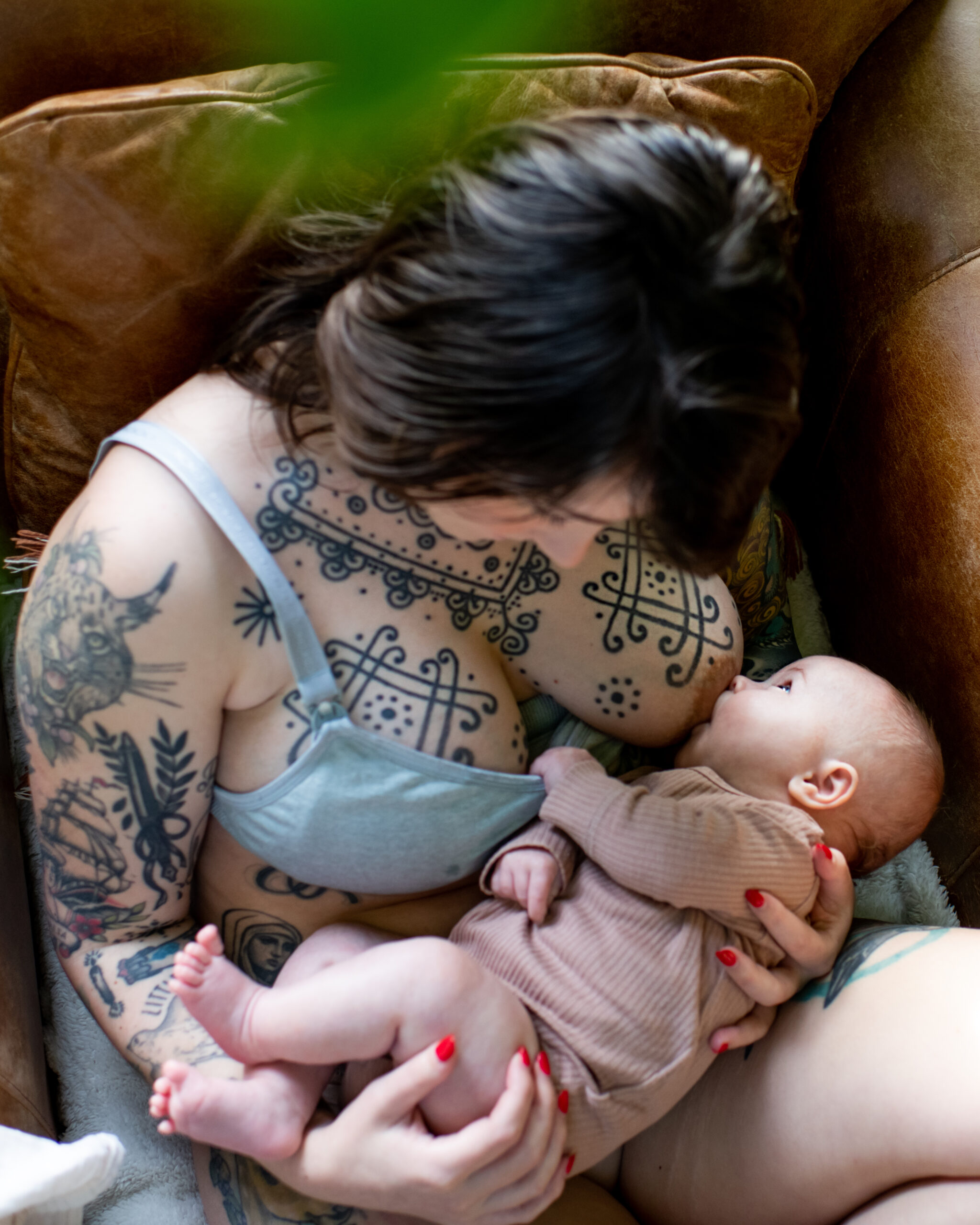If you’re thinking about introducing self-soothing into your baby’s sleep routine, it’s likely that you’re now a pro when it comes to getting them to doze off after months of practice.
Read on to learn how can you help them learn how to do it on their own. Remember, some experts recommend that your baby should sleep in their cot in the same room as you until they are 6 months old to reduce the risk of SIDS (Sudden Infant Death Syndrome).
What is self-soothing?
If your baby self-soothes, they can fall asleep and get back to sleep independently without any other physical or emotional support.
Self-soothing is based on the development of emotional self-regulation, and most babies start to develop this understanding from around the age of six months. Babies can still experience distress if they are left to cry after this age, so they still need those caring for them to help ease their distress, gradually reducing the amount of support provided over time.
It’s important to remember that every baby is unique, and no two little ones have the same sleep journey. It’s best to use trial and error to figure out what works for you and your baby.
Before you start to encourage your baby to
self-soothe,make sure you have…
- A comfortable and safe sleep environment.
- A consistent bedtime routine.
- An age-appropriate nap schedule.
- A scheduled bedtime that happens before your baby is overtired.
- A healthy baby who isn’t feeling poorly.
Anticipate your little one’s needs
Your baby’s ability to control their emotions and self-soothe will be reduced if they’re too tired, we all know the feeling!
Paediatric Sleep Consultant Miriam Sauter recommends: “Good sleep hygiene is vital if you want to create healthy sleep habits for your baby. Try to start your bedtime routine about 45 minutes to one hour from the time your baby winds down to the time you want for them to be asleep by. A calm and peaceful bedtime routine is key when preventing your baby from feeling stressed and releasing the stress hormone cortisol, which can them keep them falling asleep.”
So, make sure that they’re fed, changed, and dressed for bed before you start to wind down to sleep time. That way, they can drift off content and be comfortable.
Learn their different cries
One key step on the road to self-soothing is to learn the difference between your baby’s cries so that you know what’s urgent and what doesn’t require immediate attention. Controlled crying is a topic that can lead to debate between parents and the experts. Remember to do what feels best for your baby and what’s most aligned with your parenting values.
For extra reassurance, popping a video and sound monitor in your baby’s room or sleeping area allows you to keep an eye on them without having to walk into the room straight away. If you pause and observe, your little one may just surprise you with their ability to resettle themself!
Offer them a comforter
Once your baby is over the age of one, you can safely give them a cuddly toy or a soft blanket to help soothe them to sleep. For little one’s under one year old, a soother can provide calming reassurance.
Be patient
Getting your baby’s bedtime routine sorted can be really stressful, but it’s important that you try to keep a positive mindset, have patience and lean on the people around you for support. Remember that while you are looking forward to the nights when your little one doesn’t need you to fall back asleep, you’ll soon miss those midnight cuddles.
If your baby seems unable or unwilling to self-soothe despite all your efforts, you may need to reconsider your timing. Remember that your baby’s sleep (including waking though the night) may be entirely typical for their age and stage of development. They might just need a little more time before taking the next step towards independent sleep.



